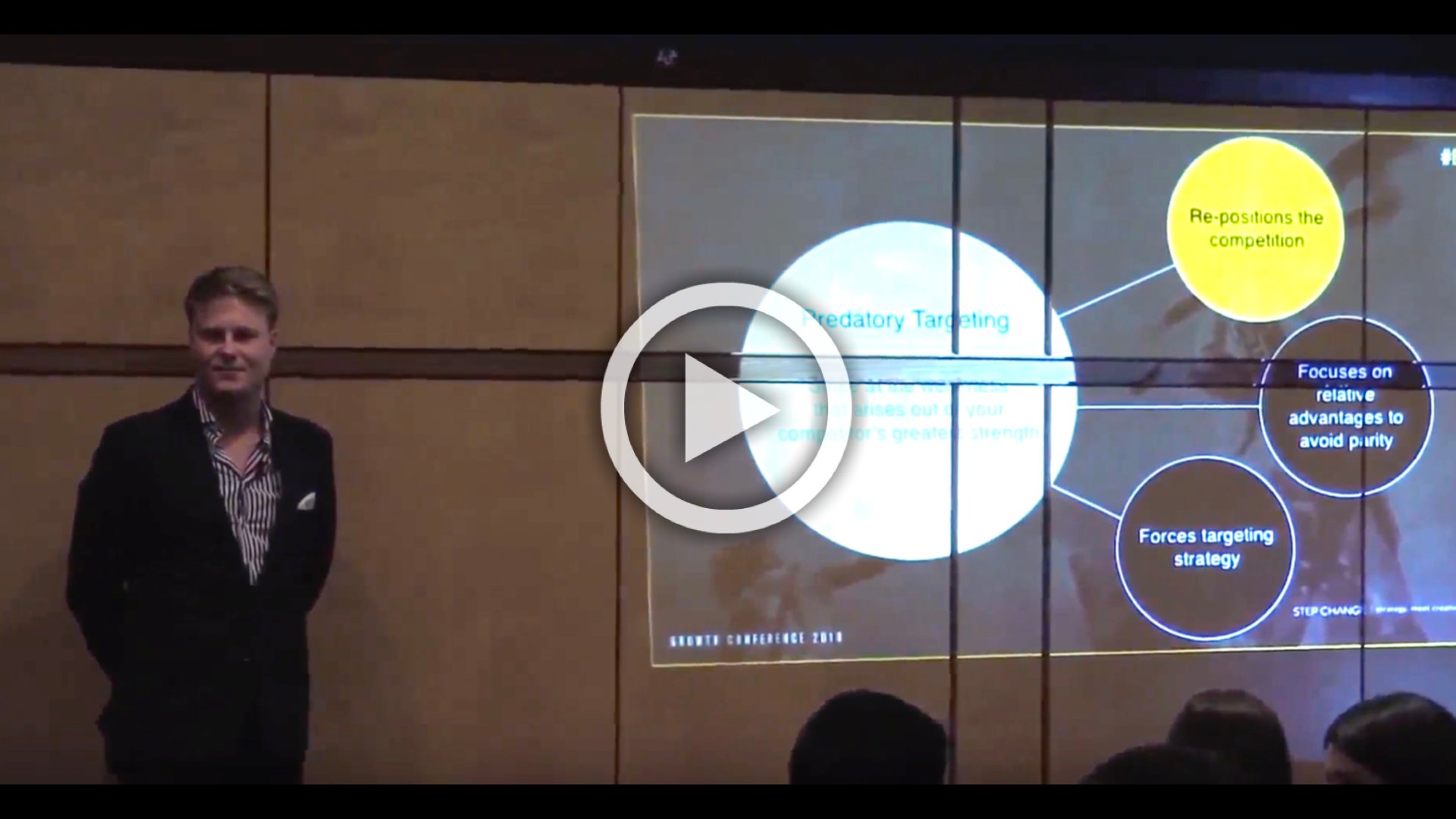Watch: What does it take to be an effective B2B sales consultant? Step Change Founding Partner, Jeff Cooper, gives 11 tips and tricks to get it right.
1. Have a Good Online Presence
Before people do business with you, they will first find out about you. In other words, you will be researched. And with social media these days, that’s an easy thing to do. Our digital history is up for everyone to see, so you need to have a good profile online. Your profile should highlight all your credibility points and forge an emotional connection with the people who will check you out. It should be personable, easy to understand, and genuine.
2. Price-Test Verbally
You need to make sure you price-test verbally before you put the price on paper. If you don’t know if the potential customer is happy or not with the price you want, you should not put the price on paper. By the time you’re up to discussing the price with them, you should be in the position where you know that the price point will ‘make sense’ to them.
Some sensible tactics are to use ballparks and a price bracket. The way you should frame this should be along the lines of, “For people who are trying to get X, Y, Z results that have these problems, typically it costs between X & Y”. This way of discussing price is powerful as it links value, pain, and price into one conversation.
3. Ask All the Right Questions
To ensure you present the best proposal you can, you need to make sure you know all the questions to ask before the proposal is written. Clients typically only have a band of energy to put towards you, so you need to make sure this is optimised. This means, you need to build a list of questions to ask to maximise the relevance of your proposal.
4. Visual Presentation Is Key
It’s important to look good and be well-groomed. Your collateral and your dress sense should be professional and neat. Your emails should be well-mannered, typo-free, and concise. A Harvard experiment done on salespeople found that there is a significant increase in sales conversions with short-haired salespeople.
5. Mirror the Exact Phraseology
In sales, an effective technique in communicating effectively with clients is using the style of language the customer uses. This speaks volumes about your connection to them.
6. Look Out for Orange Lights
The best indicators for propensity to sell are nonverbal. This can be seen in the potential client’s ability to find time for you, their speed in providing information, and their proactivity in bringing in stakeholders and how excited they get about your proposals. Moreover, if the potential client isn’t interested, the cues they give are nonverbal too, and you need to watch out for that as well in order to save time and energy.
7. Use Customers’ Pain and Gain to Your Advantage
As a salesperson, you should have a strong understanding of pain and gain and how it influences System 1 and System 2 thinking. Research shows that 75% of people are more motivated by pain. CFOs, for instance, are detail people and pain avoiders. They want to reduce costs and get rid of the pain. CEOs, on the other hand, are visionaries, optimists, and pleasure seekers.
Now our job is to categorise customers in accordance with whether or not they are pleasure seekers or a pain avoiders. Remember that for the pain avoider, it’s about making things easier; for pleasure seekers, it’s about demonstrating growth.
8. Be the Personal Trainer
Salespeople think their job is to be liked. If you just want to be liked, you won’t be successful. Sometimes you need to push people in places that make them feel uncomfortable — for example, getting them to discuss any problems they have with their business. We also need a value exchange (i.e. the customer doing something for us). We need to fully size the issue and understand how problematic it is. You need to be willing to push back to get the right result and to make sure they’re fully engaged.
9. Diagnose the Problem
The best chance to get people to purchase from you is by helping them understand the gravity of their problem. Sometimes, the person knows they have a problem, not how big it is. You have to go in and find out so you can have a proper value equation to present to them. If they don’t know how big the problem is, there is a chance it might not really be that important to them. To gauge this, you can ask them if they’re willing to work out how big the problem is. It’s an orange light if they’re unwilling to do this.
In the case that the issue can’t be quantified, you need to get a qualitative understanding of how big it is. In this instance, you can get them to scale it for you: “In your own words, how big is this problem for your business from 1–10?” Once you have this, you can move forward.
10. Systemise
Resources are scarce, and new businesses are expensive. This means that client acquisition is also expensive. Systemising means you only get asked a question you can’t answer once. You should also purchase a marketing automation system to help you track metrics and engagement rates.
11. Build Trust
Writing a great proposal rarely gets you a deal over the line. Building trust, knowing how their kids are, buying them coffee — all this so you build up a rapport — are more important. So you need to prioritise your time and make sure you are spending time in building a relationship and building up trust so when you make product and service recommendations, they’re more likely to listen and believe your judgement.
PS: Catch up on the blog posts you missed in this series. Click here.















